Name Neidhart Reuental Role Singer | ||
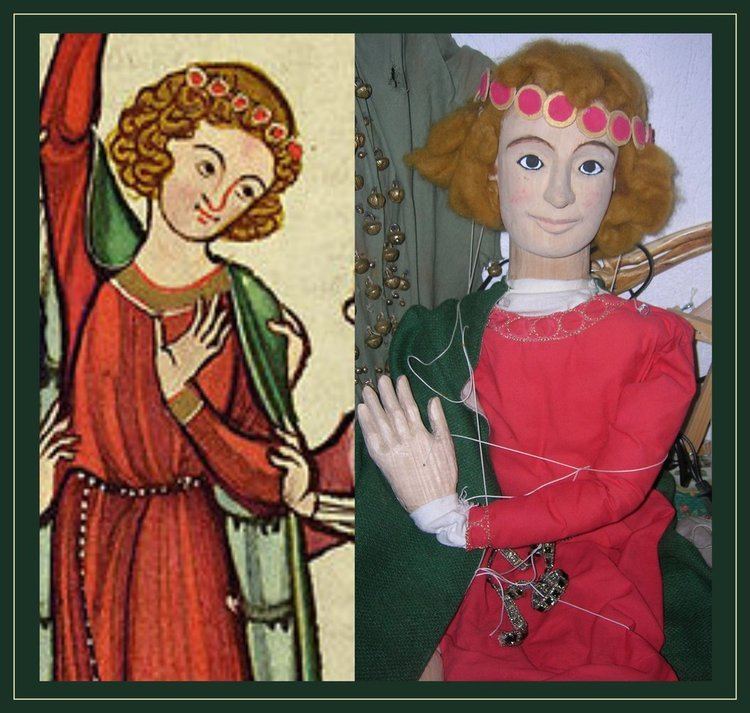 | ||
People also search for Lewon, Marc, Baptiste Romain, Ulrich Muller | ||
Winder wie ist neidhart von reuental allan alexander
Neidhart von Reuental (Middle High German: Nîthart von Riuwental; also Her Nîthart; possibly born c. 1190 – died after 1236 or 1237) was one of the most famous German minnesingers. He was probably active in the Duchy of Bavaria and then is known to have been a singer at the court of Duke Frederick II of Austria in Vienna. As a minnesinger he was most active from 1210 to at least 1236.
Contents
- Winder wie ist neidhart von reuental allan alexander
- Neidhart von reuental sing ein guldein hun
- Life and work
- Frescoes
- References

Neidhart is very well known for being rather sarcastic and comical. More melodies survive by him than from any other minnesinger.
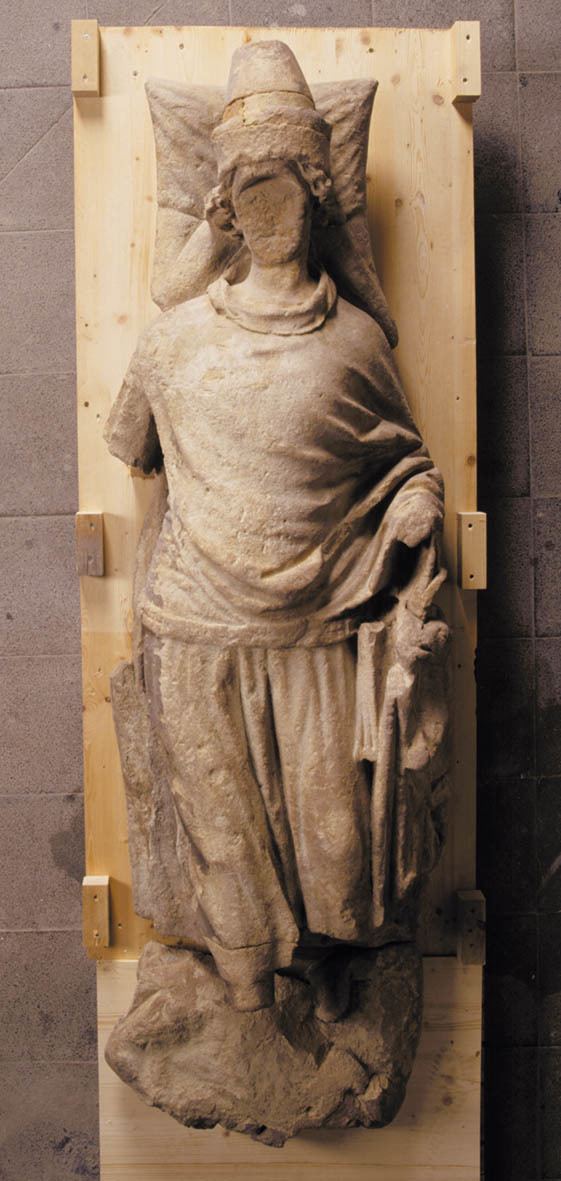
Neidhart von reuental sing ein guldein hun
Life and work
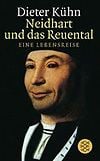
He was mentioned in a passage of Wolfram von Eschenbach's Willehalm poem written before 1217, when Neidhart had already achieved a certain degree of fame. All manuscript sources until the 15th century refer to him only as "Nithart". The origin of the name itself is Nithard, Altniederfränkisch and the meaning is hard in hostility. With time and expanded geographical use, the spelling has changed and the meaning eventually being confused when interpreted in modern German. His name has before been believed to be an allegorical pseudonym, for its meaning could be interpreted more or less as Grim-Heart of Lament-Valley. The second part of his name, was created by philologists of the 19th century, who took literally the role of the "speaker," who calls himself "von Reuental" in his poems, and thus combined it with the author's name, which was simply "Nîthart".
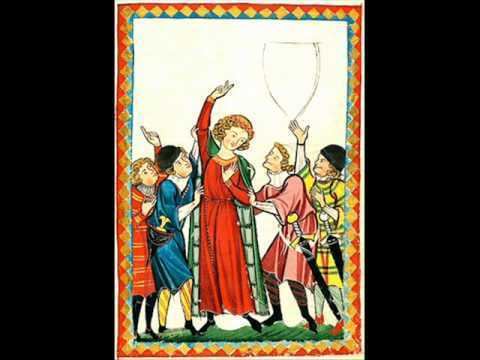
His earlier poetry referred to places in the Bavarian and Salzburg region, while later he called the Austrian duke Frederick II his patron. He mentions a residence at Lengbach near Tulln, west of Vienna. His tomb, probably erected at the behest of Duke Rudolf IV of Austria (1339–1365), is preserved on the south side of St. Stephen's Cathedral.
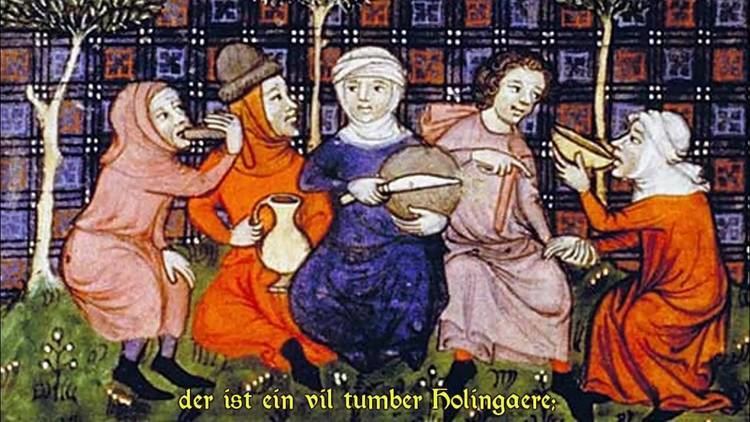
Neidhart's poetry was handed down by the Codex Buranus and other medieval song manuscripts (Liederhandschriften) such as the Codex Manesse. His songs about the dreary rural life often stand in harsh contrast to the normal minnesinger topic, courtly or romantic love. His style has been referred to as Höfische Dorfpoesie (courtly village-poetry) by philologist Karl Lachmann (1793–1851) and was often imitated by composers called pseudo-Neidharts. Probably his best-known song is Meienzît (May Time) in which Neidhart starts by describing a peaceful spring scenario but quickly comes to insulting his foes (and several friends and allies who betrayed him). Perpetuated as Neithart Fuchs by later generations, he remained a popular character well into the early modern period; several farces based on his life and poetry are among the oldest profane dramas in Germany.
Frescoes
In about 1407, Viennese cloth merchant Michel Menschein commissioned a series of four murals for his private dance-hall based on songs by Neidhart. Each fresco depicts scenes from one of the four seasons of the year. The frescoes are remarkable as one of the few surviving works of the kind on a secular subject from so early a date. They were discovered during redevelopment in 1979 and are exhibited in situ by the City of Vienna Museum, which undertook an extensive restoration.
